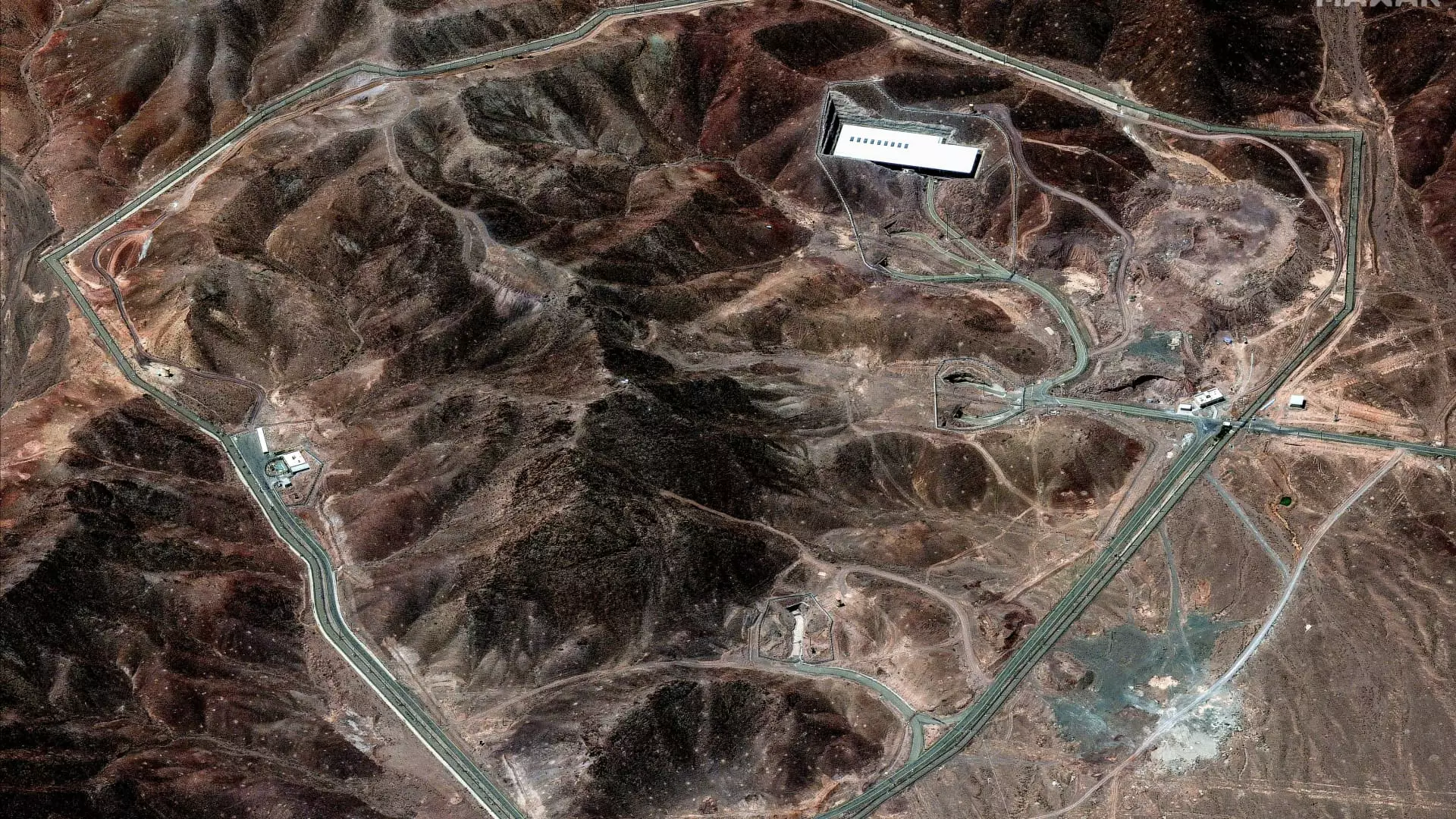In a breathless turn of events, President Trump’s emphatic declaration of “obliteration” regarding the recent airstrikes on Iranian nuclear facilities reverberated through the media landscape like a thunderclap in an empty sky. While some armchair strategists and think-tank gurus may dispute the veracity of such stark language, the ugly truth is that the operation, known as Operation Midnight Hammer, has fundamentally shifted the landscape of military engagement in the region. Trump’s proclamation wasn’t merely a proclamation of damage; it was a deliberate framing aimed at portraying U.S. military power in its most ferocious light.
This brazen assertion dips into an arena of rhetoric that borders on hubris. However, what remains at stake is the vast uncertainty surrounding the effectiveness of these strikes. The Chairman of the Joint Chiefs of Staff General Dan Caine articulated a cautious narrative, acknowledging “severe damage” without jumping to conclusions about the obliteration of Iran’s nuclear capabilities. This limping acknowledgment reflects the complexities of military operations in a world where misinformation is rife and data assessment takes time—elements that are often overlooked by those eager to glorify military might.
Damage Assessment: A Slow Unfolding Drama
The concept of Battle Damage Assessment (BDA) is not just military jargon; it is a crucial process that defines the success of a mission. General Caine’s comments that they are still awaiting final assessments illustrate that initial impressions can be deceptive. Witnesses of bomb blasts are often quick to declare victory, yet the nuances of operational effectiveness demand a sober interpretation.
For military analysts, the aftermath of such strikes is both a logistical and philosophical quandary. After all, how does one measure destruction when beneath layers of rock and concrete lies the true hallmark of nuclear infrastructure? The sight of satellite images may elicit awe, but how do you quantify the strategic ramifications of a few well-placed bombs? The United Nations watchdog Rafael Grossi’s tempered response pieces together the chilling reality: assessing the damage may be as complex as the ongoing cat-and-mouse game over nuclear ambitions.
Escalating Tensions and Caution in Diplomacy
While Trump and his administration publicly celebrate what they’ve framed as a decisive victory, the geopolitical ramifications are harrowing. The idea that Iran would possess the capacity to move its highly enriched uranium to unknown locations ahead of the strikes raises the stakes significantly. Is this another chapter in an endless cycle of escalation, or is it the beginning of a new, even more perilous dance with diplomacy?
As political discourse continues to polarize, the stakes in the Middle East become more pronounced. With nations on both sides of the equation scrambling to interpret the impacts of Operation Midnight Hammer, the broader implications of military decisions, often couched in bravado, lead us to a darker understanding of war. Regrettably, history reveals that bluster often eclipses nuanced policy, leaving casualties—not just of conflict but also of truth—scattered in the dust of damaged infrastructures.
The Price of Power: Public Perception vs. Reality
At the core of the ongoing dramatics lies the uncomfortable dichotomy between public perception and the gritty reality of warfare. For the public, the narrative often simplifies complex engagements into easy-to-digest tales of victory. Trump’s tweets may paint the imagery of a clean and resounding annihilation, but do they reflect the intricacies involved? How do families in Tehran interpret these developments, and what price will be paid when U.S. interests are juxtaposed against Iranian resolve?
This rhetoric of obliteration raises uncomfortable questions about the honed art of diplomacy in the nuclear age. By framing his approach in militaristic terms, Trump risks dismantling the fragile infrastructure of negotiation that exists. Warfare is not simply about military strikes, however effective they may be; it is increasingly about dialogue, understanding, and long-term strategy. Engaging with adversaries on a human level while wielding the stick of military might could redefine results not just in the Middle East, but across a spectrum of global relations.
Professional military engagement requires more than heavy-handed tactics; it demands an institutional commitment to nuanced understanding and prolonged discourse. In attempting to portray strength through destruction, we may paradoxically be undermining our own strategic positions and veering into a realm that emphasizes brute force over psychological shrewdness. Wouldn’t it be far more compelling to construct a narrative of success built on dialogue rather than destruction?


Leave a Reply